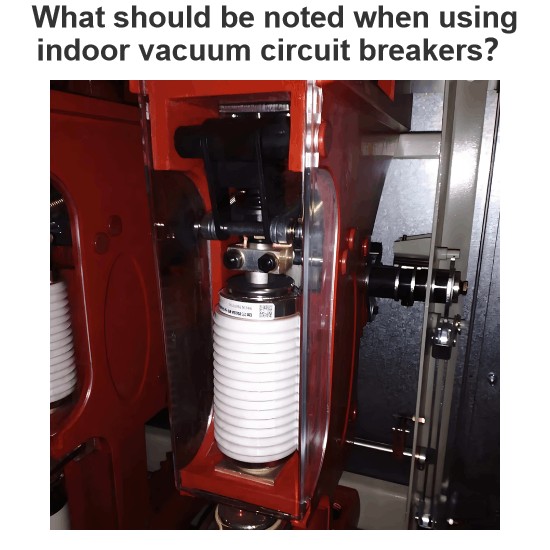What are the different kinds of DC circuit breakers and their uses?
Dc circuit breakers can be divided into different types according to their working principle and characteristics, and each type has its specific purpose. The following are several common types of DC circuit breakers and their characteristics:
Mechanical DC circuit breaker
Working principle: Mechanical DC circuit breakers use mechanical structures (such as springs, pistons, etc.) to achieve on-off operation. They can turn off large currents and have the advantages of low cost and low loss, but the breaking speed is relatively slow.
Usage: Mainly used in power engineering, such as high voltage direct current system, can provide basic protection functions to ensure the stable operation of power system.
Solid state DC circuit breaker
How it works: Solid state DC circuit breakers use non-mechanical means, such as semiconductor materials, to control the opening of the circuit. This type of circuit breaker usually has a fast response speed and is suitable for situations where rapid fault isolation is required.
Application: Suitable for occasions with high breaking speed requirements, such as power management in consumer electronics, which can effectively protect the circuit from overload and short circuit.
Arcless DC fast circuit breaker
Working principle: The arcless DC fast circuit breaker uses a special arc extinguishing technology, such as a vacuum arc extinguishing chamber, which can not produce an arc when breaking the current, thereby reducing the risk of equipment damage. They are usually equipped with intelligent controllers, which are environmentally efficient and safe and reliable.
Application: Widely used in subway, light rail, metallurgy, chemical industry and other areas that need to quickly isolate faults to ensure the safe operation of equipment.
Electromagnetic holding type DC circuit breaker
Working principle: This circuit breaker uses electromagnet and spring mechanism, when the current reaches a certain value, the electromagnet loses its magnetic force, and the spring drives the circuit breaker to break quickly.
Application: It is suitable for the occasions that require rapid response, such as the protection equipment in the power system, which can quickly isolate the fault and prevent the expansion of the accident.
Electromagnetic induction repulsion type DC fast circuit breaker
Working principle: By discharging the energy storage capacitor to the repulsive coil, the electrical force is generated to quickly disconnect the circuit breaker. This type uses the principle of electromagnetic induction to achieve fast breaking.
Use: Similar to the electromagnetic holding type, it is also suitable for occasions where rapid fault isolation is required, especially in the power system where the breaking speed is strictly required.
In summary, the different types of DC circuit breakers are mainly distinguished according to their arc extinguishing technology, operating speed and application environment, and each type has its own specific purpose to meet the safety protection needs of different power systems and equipment.
The Electricity Encyclopedia is dedicated to accelerating the dissemination and application of electricity knowledge and adding impetus to the development and innovation of the electricity industry.













